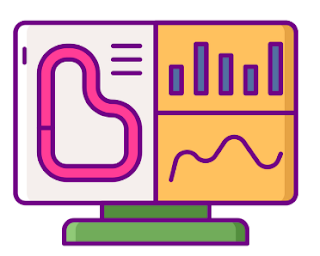Tagging Everything

I was always a big believer in metadata and observability. Tagging is another form of observability, the idea is very basic and yet not well explored in our industry. You add metadata to a resource. Metadata is just data that describes data. Why bother? Well, at scale, there will be hundreds to thousands of resources including ec2 machines, container images, security groups, load balancers, and all kinds of applications like services, bffs, aggregators, a much more. How do you make sense of these resources? How do you know if you need them after all? Cloud computing is great but also is a big cost center. Understanding your resources is critical, not only for savings but for better infrastructure management. Tags help with cost, but they go beyond cost. Endless Resources So let's say you have some scale, easily you can have hundreds to thousands of ec2 and dozens to hundreds of lamdas. The first question that should come to mind is ownership, how own all these resources? By not ha...




